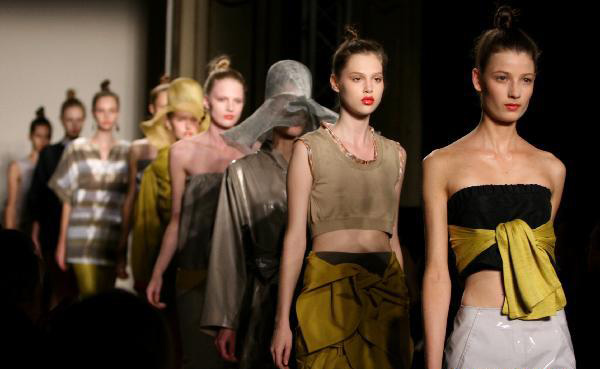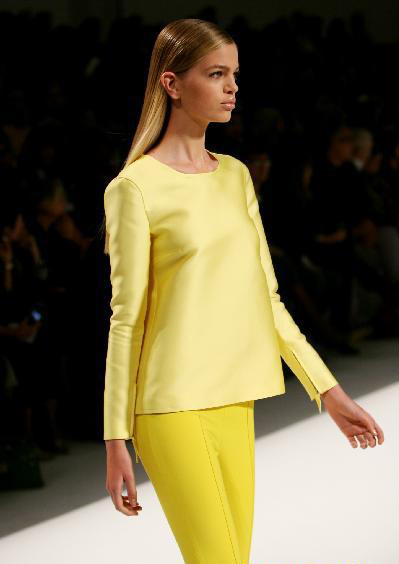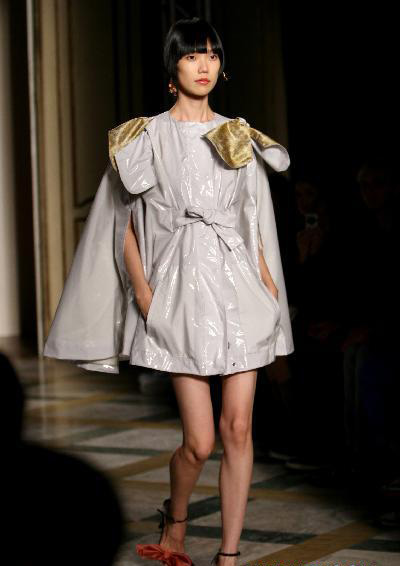 Romek Gelard Gello
Romek Gelard Gello Kristin G
Kristin G Martine Falk Andersen
Martine Falk Andersen Robbie W
Robbie W Kellen Hofer
Kellen Hofer
Han Qinghua, the vice Secretary General of Jiangsu Provincial Government said in Spet. 10th that the gross output value of textile and garment in Jiangsu was going to reach 1000 billion yuan in this year. This is the third 1000-billion-yuan industry after machinery and electronic industry in this province.
Han said that 12 year ago, the industrial output value of textile and garment were less than 100 billion yuan. Now it was expected to break the threshold of 1000 bilion yuan this year. This meant national per capita expense was about 800 yuan for made-in-Jiangsu textile and garment, and world wide per capita expense for made-in-Jiangsu products was 200 yuan. It??s really an exciting news.
Han also said that textile and garment industry remained the pillar industry in Jiangsu. It also was the first choice for this province to realize the economy internationalization. The export of textile and garment was expected to reached 200 billion yuan this year. Textile and garment industry also a major employment industry. In the 10 million workers in statistics-worthy enterprises in Jiangsu, two million of them worked in textile industry.
It was also an industry for rich-making. In its nearly 10,000 statistics-worthy enterprises, a remarkable number of millionaires came from textile and garment industry.
The long-established Chinese shoes brand Warrior opens its flagship store in Shanghai. The new store is warmly welcomed by Warrior's fans. Over four hundred shoes are sold on the first day. The executive director of Warrior Group Mr. Gui says that Warrior will open more shops in first-tier shopping malls. It is expected to have about one thousand stores all through the country in three years.
The newly opened flagship store covers an area of 300 square meters with about 2000 different styles. Among its fans, there are senior citizens and fashionists of 1980s and 1990s.
In the middle of 1990s, the warrior shoes closed its old factories in Ping Liang Road because of the influence of foreign brand and rising cost. However, it continues to produce shoes in another less known place. Two or three years ago, the trend of buying domestic products prevailed the whole county. Some fashion stores in Shanghai began to sell warrior shoes. These stores attract many foreign consumers.
The opening of the flagship store is warrior's first step to return the market. Its next plan is to open stores in Huaihai Road and Nanjing Road.
In fact, Warrior opened its shoppe in Intime, Hangzhou last month. Warrior intends to make itself a medium and high end brand in the future. The sales of warrior shoes from Jan. to Aug. increases by 32% compared to the same time last year. The annual sales value is expected to reach 200 million Yuan.
TexSources is honored to invite global textiles buyers to embark on a Textile fashion journey from Oct. 21 to Oct. 25, 2010. The four stops are Shengze, Ningbo, Xiangshan and Keqiao, China. The journey includes participation in 3 large-scale trade fairs and a pleasant trip to Xiangshan. Participants will visit three textile industrial bases in one trip, efficiently meeting suppliers from well-known textile centers in China. Participating textile buyers are sure to find new and appropriate suppliers at very competitive prices.During the fashion journey, highly professional Chinese suppliers specializing in fabrics, apparel, home textiles, accessories, yarns and shoes will attend. And all professional textile buyers abroad holding passports from outside China Mainland, with professional credentials and full application materials are qualified and welcomed to attend the fashion journey. TexSources will consider it an honor to host buyers from around the world.
This fashion journey hosted by TexSources.com, has received active support of the Ningbo Government and Shengze Government. TexSources.com is the largest business-to-business online trading platform serving the global textile industry. For its online services, TexSources provides quotes and takes orders. Beyond that, each international Sourcing Fair hosted by TexSources provides the essential bridge between textile buyers abroad and suppliers in China. One past participant described the Sourcing Fair as follows, "It is really useful for us to find suppliers in China, thanks a lot for TexSources' great organization." The faith is and will be with TexSources to service for the buyers and suppliers of the whole world.
Orders for Italian textile machinery grew over the second quarter of 2010, which closed with an overall index of 159.5 points for the period from April/June, amounting to a 35% increase compared to the previous quarter.
In market terms, the orders index processed by ACIMIT, the Association of Italian Textile Machinery Manufacturers, indicates a 40% increase abroad and a 5% increase in Italy.
Commenting on the data, Sandro Salmoiraghi, President of ACIMIT, stated that the growth in orders is a satisfying element, but the recovery has more or less equally rewarded other machinery manufacturing Countries as well, so that competition on international markets is even fiercer than in the past.
Forecasts for the third quarter of 2010 provided by producers indicate an essentially stable situation in all segments for Italy's domestic market. More consistent signs of optimism are coming from foreign sales.
The orders coming in over the next three months affirms Salmoiraghi will be decisive in understanding whether the recovery marks a real reversal of trends.
ACIMIT (Association of Italian Textile Machinery Manufacturers) is a private national body that gathers Italian textile machinery companies producing more than 80% of the entire Italian textile machinery production, and some associated members (consortia, technical schools, technical magazines, research centres).
" Cotton Traffic Jam In Asia," informed about the quasi cotton war, mainly in Asian countries. After Pakistan's restriction on cotton, India's Ministry of Textiles imposed an export stop on Indian cotton and cotton waste. India's textile industry was concerned about its own cotton supply and had requested this measure. An export tax of 3 percent had already been put on cotton exports for some time beforehand. According to the Indian Export regulations, cotton exports have to be registered at the Ministry of Textiles, and only registered amounts may be exported. And the traffic jam goes on.
Stormy Weather
Some two weeks ago, Tropical Storm Hermine formed in the Gulf of Mexico off of Texas. This was not only a problem for the region in danger, but also for the cotton growing areas. On the other hand, according to information from Plexus Cotton Ltd., some panic-like trading in China made the market soar to new heights.
On top of that, the International Cotton Advisory Committee (ICAC) reports heavy flooding in Pakistan has affected more than 20 percent of its cotton-growing area. ICAC has revised down the 2010/11 Pakistan crop estimate by 15 percent to 1.9 million metric tons. Also, ICAC projects production in China will be lower than was projected in August because the weather in the Yangtze River Valley region has been unfavorable.
On top of that, crop reductions are possible in China, Pakistan, Brazil and some African regions, while world mill use should be more or less maintained. There is also the possibility of a further reduction in Chinese stocks going back several seasons. China Cotton Association members reported carryover stocks at just 205,000 metric tons at the end of August, which is the equivalent to a little more than a week's worth of mill consumption. While this number doesn't include government reserves, consignments and mill stocks, Plexus reflects that it is still a good indication of how tight supplies must be in China at the moment.
Soaring Prices
The market has now gone up for weeks without much of a pause. According to Plexus, New York futures continued their surge last week, as December closed 533 points higher at 95.76 cents, and March closed 565 higher at 94.73 cents. The nervous situation increased even further upon India's announcement of a postponement of its export registrations until at least October 1. Plexus reports: "The Indian textile industry has been asking the government to restrict cotton exports until January, when a more accurate assessment of the crop size will be possible, after stronger than usual monsoon raised concerns about this year's output. The previously announced duty free quota of 5.5 million bales was already smaller ... and this postponement has been adding more uncertainty to an already jittery market."
Reduced Available Sources
Plexus further reports: "The delay by India, the world's second largest cotton exporter, is further reducing the available sources, just weeks after the world's fifth largest exporter, Brazil, saw its prices explode to prohibitive levels and has recently even issued a duty free import quota of 1.1 million bales. Since the export policy and availability of the third largest exporter, Uzbekistan, remains largely uncertain at this point and number four Australia won't bring any relief until well into the second quarter, the US is currently the only big chair to sit on.
"That became quite evident when the latest US export sales report were released [noting that] 845,600 running bales of Upland and Pima cotton were bought by 21 different markets. Quite remarkable was that 256,000 of those bales were for the 2011/12 season. For the current season export commitments now total 7.9 million statistical bales, of which only 1.2 million have been shipped so far."
More Chinese Imports
In its Sept. 1, 2010, edition of "Cotton This Month" ICAC reports: "China and India are expected to account for most of the increase in global cotton mill use in 2010/11, while consumption in Pakistan could decline due to damage and disruption caused by the floods.
"Imports are expected to continue to recover in 2010/11, growing by 9 percent to 8.5 million tons. This increase will be driven by Chinese imports, forecast 29 percent larger at 3.1 million tons. Chinese stocks decreased considerably during 2009/10, and the government started in August to auction an important portion of its national reserve. Imports by Turkey are expected to decline to 786,000 tons in 2010/11 due to a larger crop. U.S. exports are projected up by 27 percent to 3.3 million tons in 2010/11, fueled by the expected larger crop. Exports from India, Brazil and Australia are also expected to increase. The share of the United States in global exports is projected to rebound from 34 percent in 2009/10 to 39 percent in 2010/11."
Models present creations from 2011 S/S Missoni collection during Milan Fashion Week.
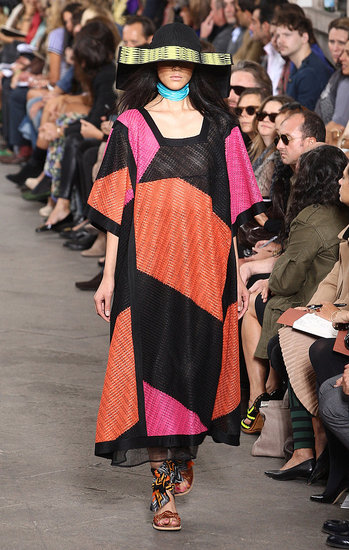


Models present creations from 2011 S/S Francesco Scognamiglio collection during Milan Fashion Week.

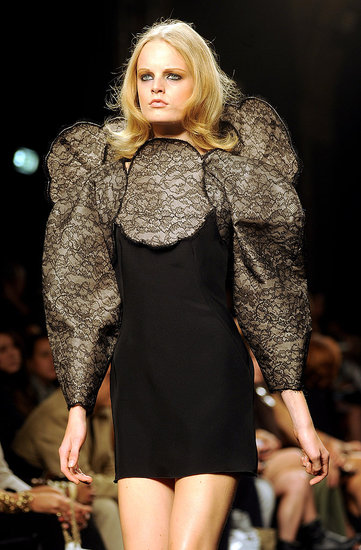

Models present creations as part of Dolce&Gabbana's Spring/Summer 2011 women's collection during Milan Fashion Week September 26, 2010.




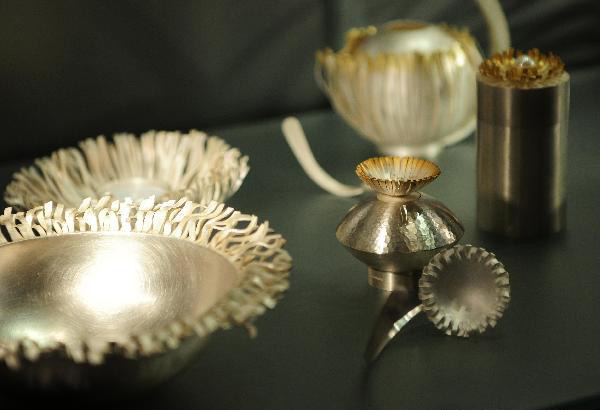
Silverwares are seen at the 2010's Goldsmiths' Fair at the Goldsmiths' Hall in London, Britain, Sept. 27, 2010. The two-week annual fair is hosted by the over-700-year-old Goldsmiths company, who started hallmarking in the 15th century, and stands as the largest and most inspirational selling event of designer jewellery and stylish silverware in Europe.
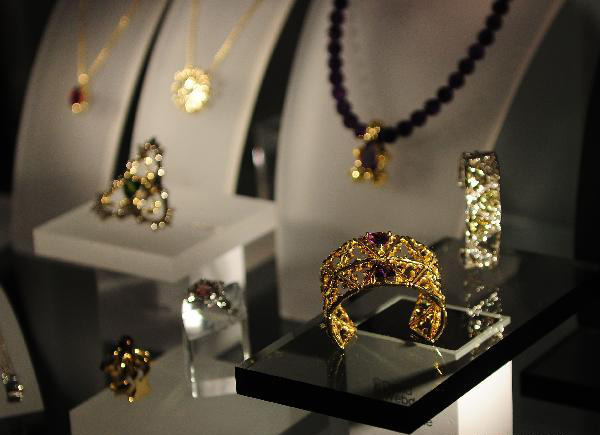
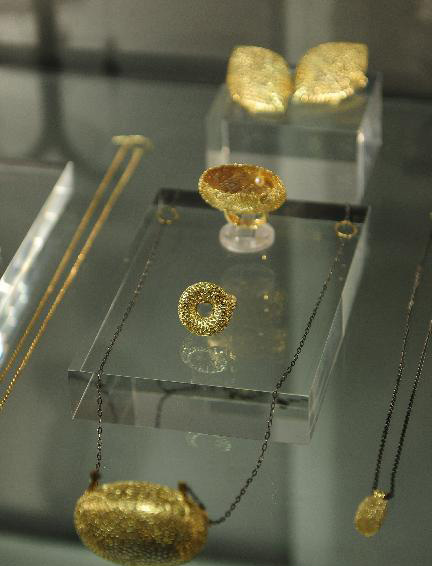
Exhibits are seen at the 2010's Goldsmiths' Fair at the Goldsmiths' Hall in London, Britain, Sept. 27, 2010. The two-week annual fair is hosted by the over-700-year-old Goldsmiths company, who started hallmarking in the 15th century, and stands as the largest and most inspirational selling event of designer jewellery and stylish silverware in Europe.
Models display creations as part of MILA SCHON spring-summer 2011 ready-to-wear collection during the Women's fashion week in Milan, Italy, Sept. 25, 2010.
